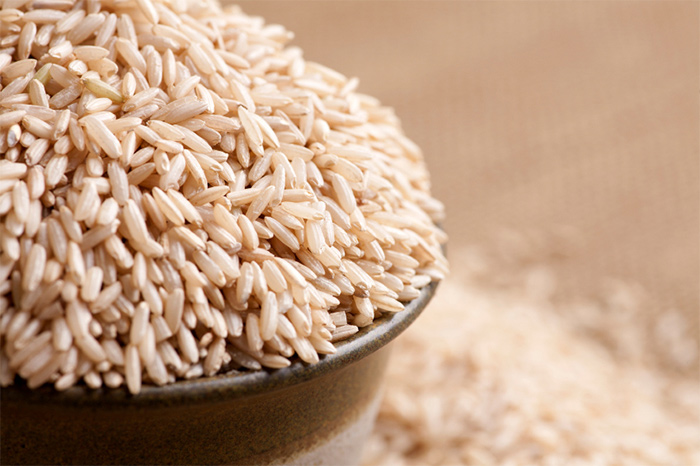Numerous dieticians and physicians are keen to assert that basmati rice is good for diabetes. Brown rice consumption generally shows an inverse association with diabetes risk. We will have a look at what are the nutrition benefits that make it indispensable in various households.

Diabetes – types and causes
Diabetes is a chronic condition occurring due to one’s pancreas’s inability to process the hormone insulin that is produced by the body. It also causes when pancreas is unable to produce sufficient insulin. Any imbalance in the insulin content causes a problem to the body because it causes it impossible to control blood sugar.
Two types of diabetes are there- type 1 and type 2. The symptoms are almost the same, but the treatment is different due to its distinct effects.
Basmati rice is known to be effective in curing diabetes because of its high fibre content which helps to regulate production of insulin by the body.
Role in tackling diabetes
Lack of proper fibre intake can result in a host of issues which can exacerbate mild diabetes. Basmati rice can broadly be classified into two – white and brown varieties. The brown rice is known for its rich bran and fibre content. It is unprocessed; hence all nutrients are retained. So the next time someone is confused whether brown basmati rice is healthy or not. They can find the answer by stating the correlation between brown basmati rice and diabetes.
White basmati rice is less nutritious while Ayurveda recommends it for people who are recovering from an illness. It is doesn’t alter the inner digestive enzymes.
Effective for Type 2 diabetes
It should be a regular addition to the diets of people who suffer from Type 2 diabetes. It is a naturally low to medium energy food but as with all carbohydrate foods, it’s the portion size that is important.
Lowest Glycaemic Index
Wholegrain extra long grain basmati rice UK is known to have the lowest GI. This means once digested it releases its energy slowly keeping blood sugar levels stable. Basmati rice has the greatest amount of a type known as amylose which does not gelatinize during cooking and results in fluffy, separate grains.
Reducing risk of type 2 diabetes by high fibre intake
Wholegrain Basmati rice is also a source of fibre which is important for gut health and improves bowel function.
Increases Satiety
Both wholegrain and white basmati rice contains a type of fibre known as resistant starch. Resistant starch increases satiety, so including Basmati rice in a meal can help regulate appetite and prevent cravings
Valuable contribution to the diets of people with diabetes.
The higher magnesium content found in Basmati can help with blood sugar control. These properties combined together with the antioxidant and anti-carcinogenic properties of numerous compounds found in rice, especially those found in the bran and germ (minerals, trace elements, vitamins) means rice can make a valuable contribution to the diets of people with Type 2 diabetes.
Basmati rice has one of the highest amylose contents of any variety of rice and is a great option for diabetics. Basmati rice is generally eaten as white rice, although brown basmati rice can be found in some specialty stores.

